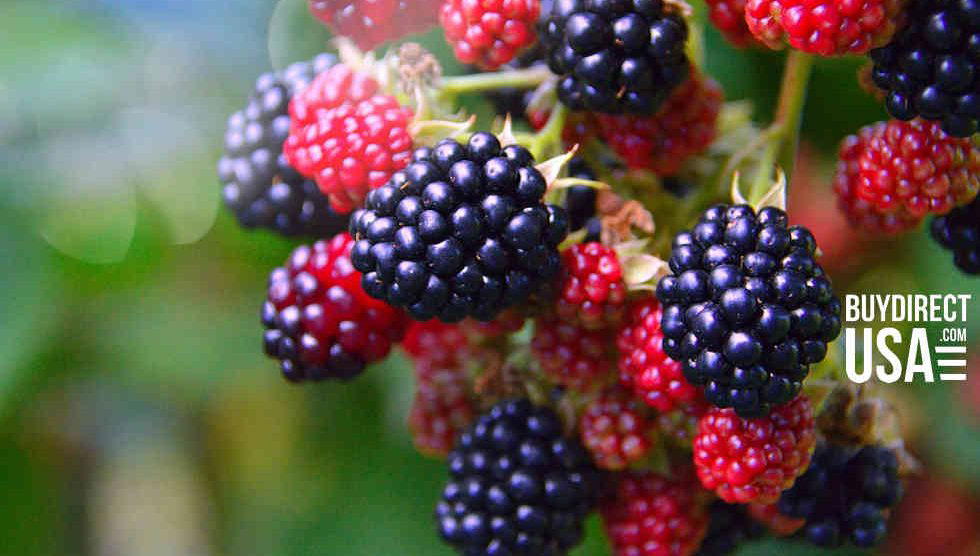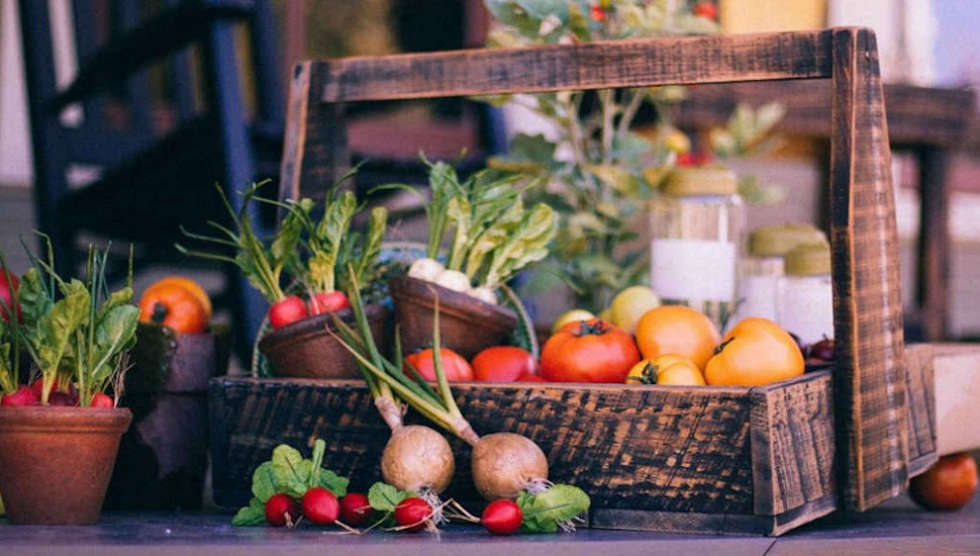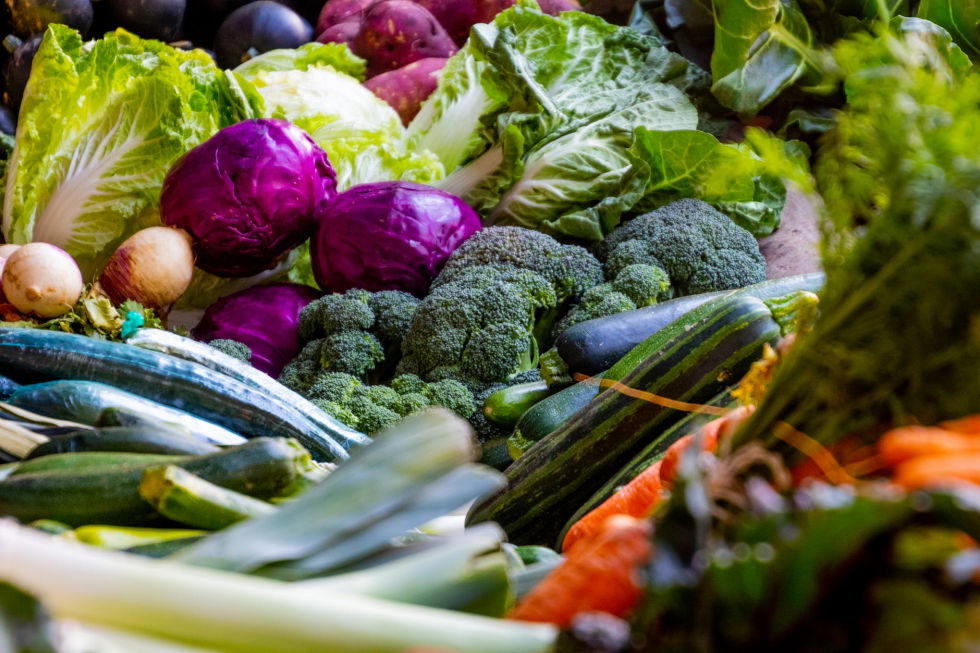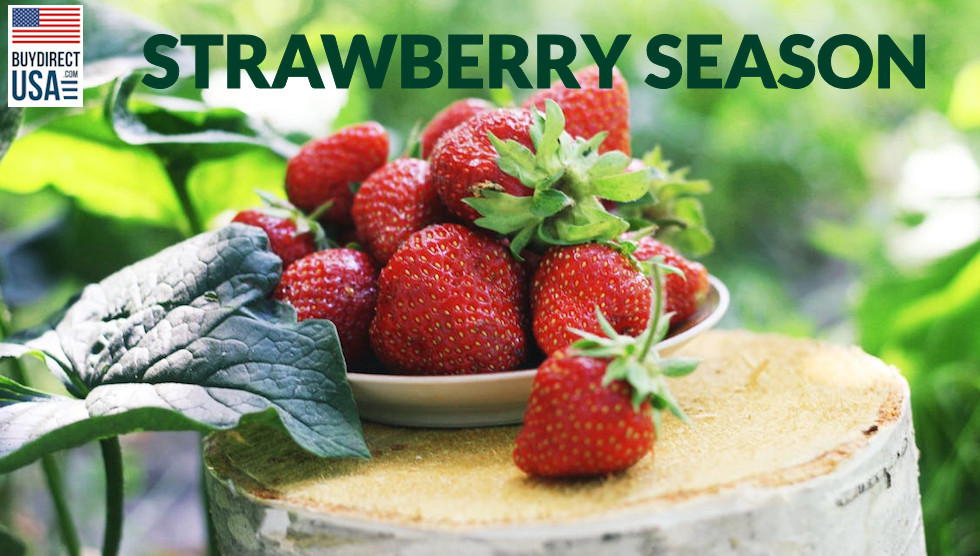Sometimes it’s fun to get your hands dirty and grow some of your own food, instead of buying it at the supermarket. We should all have some knowledge about how to grow fruits and vegetables. Because it is a good way to take a break from the computer and digital screens and get outside. Plus it can create bonding time for parents and kids, its great as a lesson plan for home schoolers’ and it’s an inexpensive way to get healthy organic foods. Finally if you grow an over abundance of fresh tasting veggies, you can always share some with your local food banks.
My first attempts at planting fruit trees did not start off so well
So for the past couple of years, beyond the vegetables and such, I wanted to try fruits. Here in Missouri, peaches are supposed to grow well, but the one tree I planted a couple of years ago was not successful so I changed tactics and decided to plant two apple trees. A Golden Delicious and a Gala. Unfortunately it turns out that fruit trees are susceptible to something called cedar rust a type of fungus that has to be treated in order to keep the fungus from killing the leaves and any fruit that may happen to bloom. It is a fungus that lives on the beautiful cedar trees that we have in Missouri and can affect fruit trees from as far as a mile away. I have some within 300 feet.
After three years, the Golden Delicious produced a few small apples that never matured or ripened. The Gala has yet to produce one apple, but I am not giving up. I contacted the Missouri Cooperative Extension and was contacted by a University of Missouri professor of Horticulture who is a State Fruit & Nut Extension Specialist. He explained what I needed to do to prevent this happening to my trees. My first big mistake was thinking I could grow some of my favorite flavors in my region. I should have researched apples that thrive best in our part of the state. Unfortunately buying fruit trees from your local big box store does not mean those plants are the right ones for your neck of the woods.
Year four and both the trees flowered like crazy after some pruning and despite the damage done by the deer and the cedar rust. I treated them both as instructed and can see lots of small apples growing. I only grow organically so no chemical treatments. I will also thin the apples out if there seems to be too many. I don’t want the branches to break or for the fruit to be the size of a golf ball.
Onto blackberries with hopefully more success
My lack of success with apple trees didn’t deter me. I wanted fresh fruit so I decided to plant blackberries. I choose two different thornless dwarf varieties for better pollination and great flavor, though I can’t tell them apart. Starting with four plants, I spaced them about 4 feet apart after removing the dirt and testing the spoil. I teased the roots, no I didn’t make fun of them, but I made sure they were lose enough so they would spread and grow in the holes I had dug for them. I used mulch on the bed and close to the plants to keep moisture in and watered every day for the first week and every other day after that until fall. I also put stakes in the ground about 8 feet apart and added wire to them so I could train the canes to grow on the wires and make the harvesting of berries easier. I have the first line at 4 feet off the ground and a second one at 6 feet. This gives the plants more room to grow without putting all the weight on just one line. Even the dwarf plants can branch out ten feet or more, so having a post at least every 8 feet helps a lot, make sure you use a strong enough wire line to support the weight of the plants when they are full of berries.
During the fall and spring I add use fertilizer stakes set at about 36 inches from the blackberries. How far you place the fertilizer stakes is important because if they are too close to your plants the fertilizer can burn up the roots and too far away and you are doing nothing. ( Tip: it is easier to just take a shovel and dig about six inches and bury the fertilizer stake because they always seem to break.
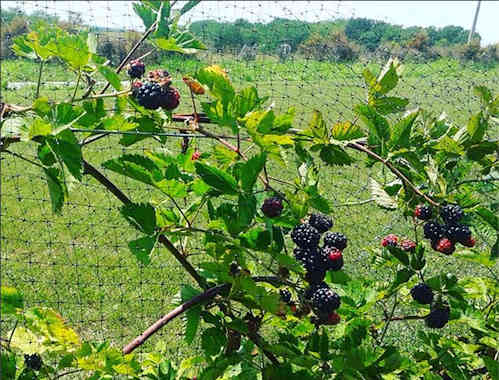
Year two and the blackberries are still going strong
The second year of growing, I added a bird net over the plants so I wouldn’t have to compete with the birds for the blackberries. I kept an eye on the net just to make sure no birds got caught in it and they seemed happy to avoid it. Ironically after I had picked most of the blackberries I removed the net and they didn’t even touch the berries I left for them. Its up to you whether or not you should put a net up, but keep a close eye on it to make sure you are not catching birds with it, they have nets at your local garden center specifically for this. You also have to check it because the vine will grow through the next making it almost impossible to remove the net without cutting either the vine or the net, so keep training the vines to prevent this.
To spray pesticides or not, that is the question
Should you use pesticides to keep bugs off them? That depends on you. I didn’t use anything on mine and saw very few bugs. The first year the only thing I used on them was neem oil, it is supposed to be organic and it helped keep the Japanese beetles away. I suggest you use what you are comfortable with putting in your body, because ultimately, that is where any leftover residue will end up from any chemicals you use.
How do you know when blackberries are ready to be picked?
Picking them when they are ripe is key for maximum flavor and sweetness. Usually ours are ready in July. They will be a dark almost purple color and have a shine to them. They will also be easy to pick nearly falling off in your hands. If they are a bit red or not easy to pick then you probably need to wait a day or two. You should also make sure you pick them early in the morning when it is coolest, once it gets hot out, picking them is just about impossible because they get mushy from the the daytime heat. My 4 plants yielded about 10 pounds of blackberries this year.
Storing your blackerries
Once picked, refrigerate in an uncovered container for a few hours, then wash and eat. If you have too many to eat at once you can spread them on a cookie sheet and put in the freezer for a couple of hours. Then put them in a freezer bag and use in smoothies, yogurt, and more. If you grow enough of them, you can even make jam to have on that morning bagel.
In the future, I will discuss on how to propagate the plants and ways to let the plants propagate themselves so you can grow even more berries if you have the space and desire to do so.

